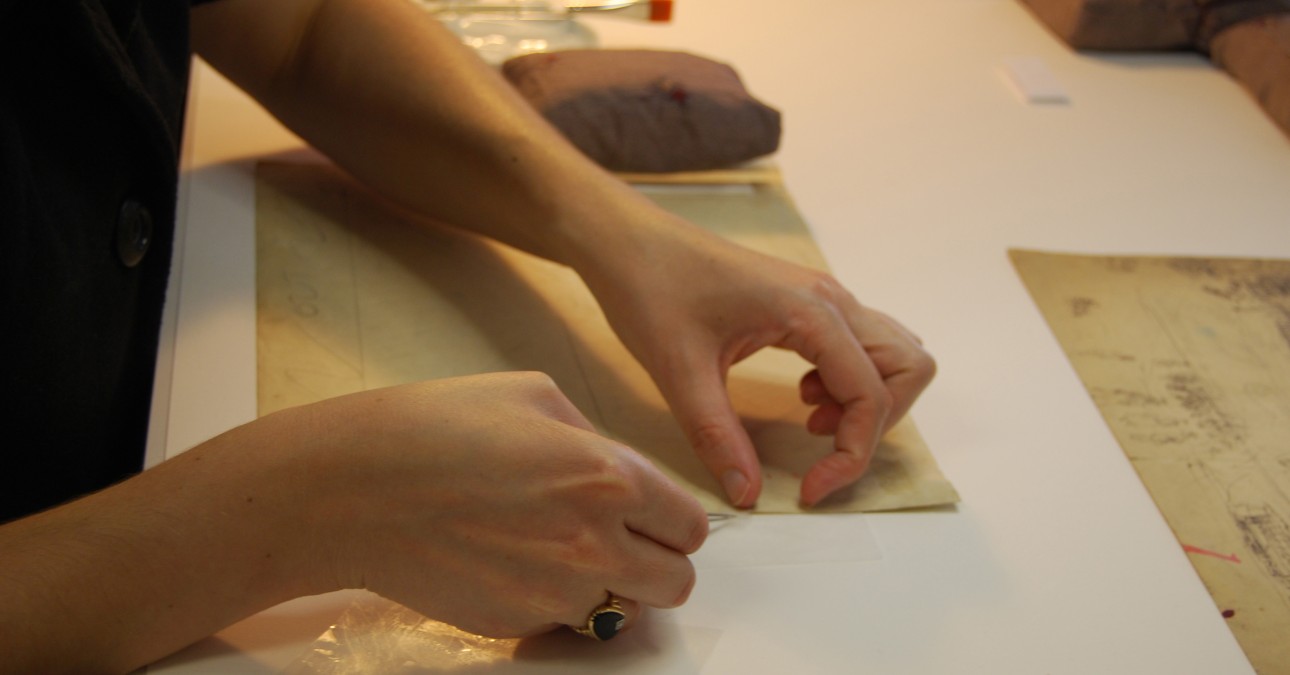
Treatment FOCUS: Feliks Topolski's Wartime Sketches
Born in Warsaw in 1907, Feliks Topolski moved to England in 1935. Topolski is remembered as a talented draughtsman, muralist, and chronicler. He painted the 1959 Coronation murals of Buckingham Palace and ran a serialized publication, Topolski’s Chronicle, for several decades toward the end of his life. From 1940-1945, he served as an Official War Artist for Great Britain.
Government-commissioned war artists were a longstanding tradition by World War II. Artists had been depicting war for centuries, and many nations, Great Britain and the United States among them, had institutional programs in place to transport and fund this kind of war reporting. In the twentieth century, even as photography became more common, many governments still retained war artists who worked in other mediums. Their work, in conjunction with official photographs, provided a more comprehensive, textured, and nuanced portrayal of war.
At the outset of World War II, the British Ministry of Information formed the War Artists’ Advisory Committee. It was headed by Sir Kenneth Clark, the Director of the National Gallery, and comprised of government officials, military officers, and representatives of various artistic institutions. Throughout the next six years, the Committee hired over 400 artists, ranging from sculptors like Henry Moore to painters like Topolski, to produce art at home and abroad. Much of this art was commissioned propaganda for exhibitions that toured the United Kingdom to boost morale. But some artists, like Topolski, were sent into the field to catalog the experience of war.
For five years, Topolski sketched his way across the frontlines of Russia, the Middle East, Myanmar, China, and Italy. He didn’t limit himself to depicting soldiers and martial landscapes—many of his drawings portrayed opposing forces and embattled civilians as well.
Several of those sketches recently came to CCAHA for treatment from the Wolfsonian-Florida International University. The majority appear to be from Topolski’s time in Moscow in 1941. Topolski’s energetic pen strokes and fluid watercolors depict a Moscow in suspended animation; somber soldiers and beleaguered Muscovites moving against a backdrop of imperial architecture. CCAHA Paper & Photograph Conservator Jessica Keister treated the sketches, most of which required surface cleaning, flattening, and mending.